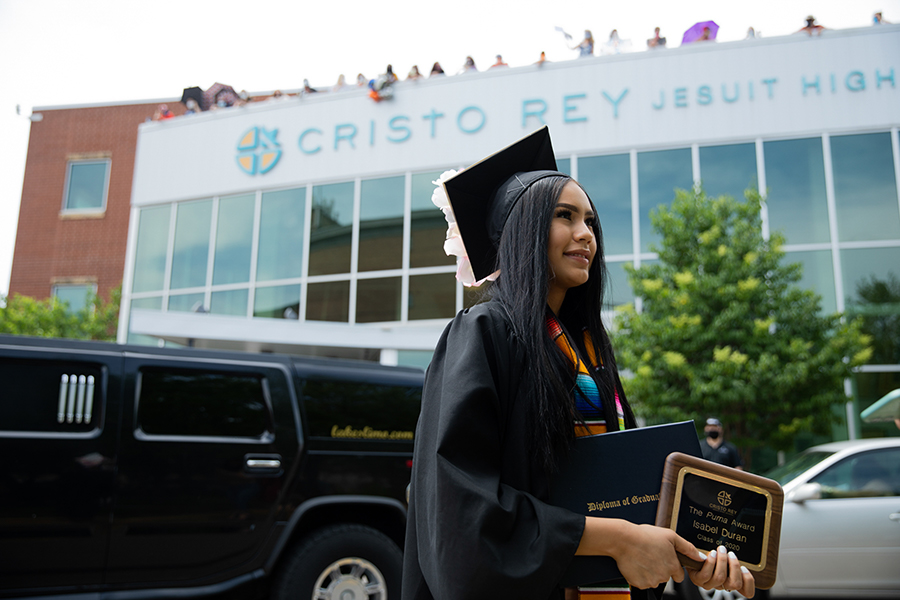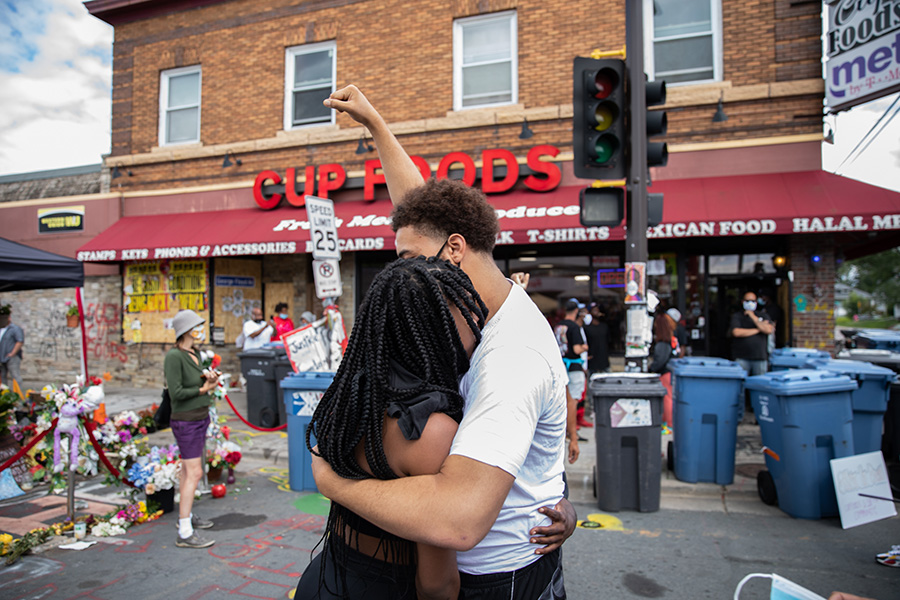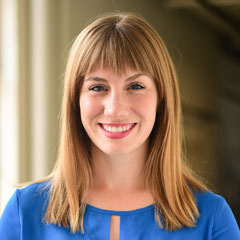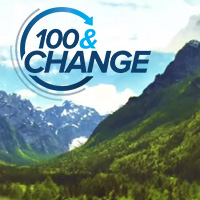Lauren McKown, Vice President of Development and Communications, The GroundTruth Project, shares how Report for America learns from local insights to help newsrooms meet community needs.
Although Report for America (RFA) is a national initiative of The GroundTruth Project, RFA’s footprint in each community is driven by the needs of each place and its people. At the heart of our approach is working with existing newsrooms to serve the information needs of communities—from bolstering coverage on topics like justice and education to reporting on entire regions, especially rural communities.
In the spring of 2019, as we crafted our 100&Change proposal, we asked ourselves how we could increase the number of communities Report for America serves and serve those communities better.
From the program’s beginning in 2017, Report for America has taken an iterative approach. Each year, we ask newsrooms two fundamental questions: what is under-covered and how can Report for America help?
The approach has led to unique, locally driven insights that a national overview might have missed.
For example, we heard strong demand for better coverage of Native American communities. By fielding six corps members in 2019 with this specific focus, Report for America quadrupled the number of reporters covering Native communities nationally, from the Wind River Reservation in Wyoming to the Menominee Reservation in Wisconsin.

Isabel Duran walks across the stage, during a “special” graduation, as teachers cheer from the rooftops. RFA member Jaida Grey Eagle chronicle sHmong, Somali, and Latinx communities in Minneapolis, and how those communities are living through the pandemic.
In Minneapolis, local newsrooms asked Report for America for more corps members focused on racial inequities, months before George Floyd became a heartbreaking household name. Today, five corps members there cover Black, Hispanic, and immigrant communities full-time. Coverage of affordable housing, senior living, mental health, veterans, and young people also emerged as priority coverage requests from newsroom partners.
In addition, Report for America asked how we can adapt the program to add value. Newsrooms, many of which already were struggling financially, took a massive hit when the COVID-19 pandemic sent the economy into a tailspin. Our partners answered the question by saying that philanthropic support for their work has grown increasingly important. In response, we are bolstering partners’ efforts to grow philanthropic revenue—from toolkits on grassroots fundraising to coaching on how to cultivate major donors and foundation support.

Protesters gathered in front of Cup Foods, the site of George Floyd's killing, on August 3. Protestors said the store was reopening before the community had a chance to heal. Photo by RFA Member Jaida Grey Eagle/Sahan Journal.
The results exceeded our expectations. Our partners have raised more than $4.6 million from more than 8,500 gifts.
Based on feedback from partners and corps members, we added an optional third year of service for corps members who want to continue working in a community after their two-year commitment ends. We are only able to pay 20 percent of the salary for that third year, instead of the 50 percent we pay in the first two, but our newsroom partners say the two-year on ramp gives them valuable time to build fundraising capacity to cover the other 80 percent.
We also heard calls from our newsrooms and the broader industry for more experienced reporters. This year, we are recruiting mid-career local reporters, who can mentor our emerging corps members and conduct more in-depth investigations. The strategy targets another alarming trend in newsrooms: a lack of local editors.
To solve the local news crisis, we are committed to these initiatives and more. Driving all of it is something our country urgently needs right now: a partner who listens and elevates stories that otherwise go untold.
Our work is far from done.
View Report for America profile ›




